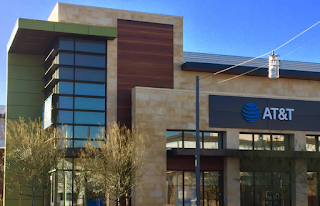Verizon Digital Media Services is partnering with Distil Networks to deliver bot protection on the Verizon Edgecast Content Delivery Network (CDN).
 The partnership will enhance Verizon Digital Media Services' suite of security features, now incorporating protection against a wide-range of automated threats including: web scraping, application denial of service, account takeover, transaction fraud and digital ad fraud. The service is available immediately to Verizon Digital Media Services customers.
The partnership will enhance Verizon Digital Media Services' suite of security features, now incorporating protection against a wide-range of automated threats including: web scraping, application denial of service, account takeover, transaction fraud and digital ad fraud. The service is available immediately to Verizon Digital Media Services customers.
"Malicious bots are more sophisticated than ever and quickly becoming the biggest threat to web applications," said Rami Essaid, CEO of Distil Networks. "By partnering with Distil, Verizon Digital Media Services has added to its layered defense approach to website security, now offering customers protection against a myriad of malicious bot attacks. We are honored to have been selected as a partner by one of the largest IT infrastructure and security providers in the world."
https://www.distilnetworks.com
http://www.verizondigitalmedia.com
 The partnership will enhance Verizon Digital Media Services' suite of security features, now incorporating protection against a wide-range of automated threats including: web scraping, application denial of service, account takeover, transaction fraud and digital ad fraud. The service is available immediately to Verizon Digital Media Services customers.
The partnership will enhance Verizon Digital Media Services' suite of security features, now incorporating protection against a wide-range of automated threats including: web scraping, application denial of service, account takeover, transaction fraud and digital ad fraud. The service is available immediately to Verizon Digital Media Services customers."Malicious bots are more sophisticated than ever and quickly becoming the biggest threat to web applications," said Rami Essaid, CEO of Distil Networks. "By partnering with Distil, Verizon Digital Media Services has added to its layered defense approach to website security, now offering customers protection against a myriad of malicious bot attacks. We are honored to have been selected as a partner by one of the largest IT infrastructure and security providers in the world."
https://www.distilnetworks.com
http://www.verizondigitalmedia.com
















